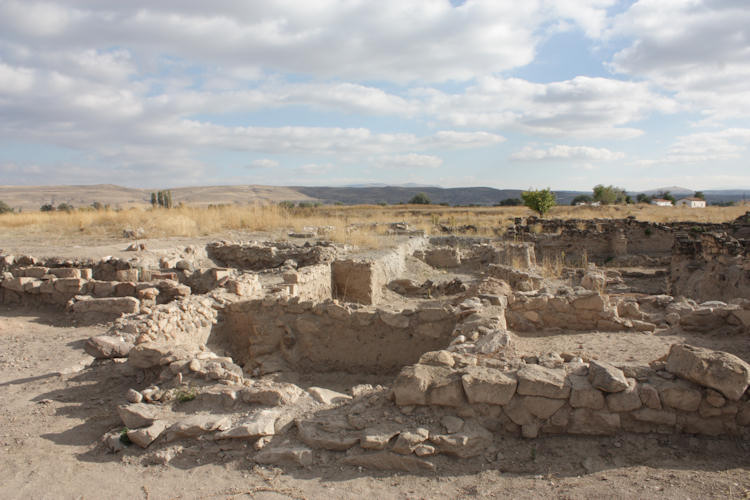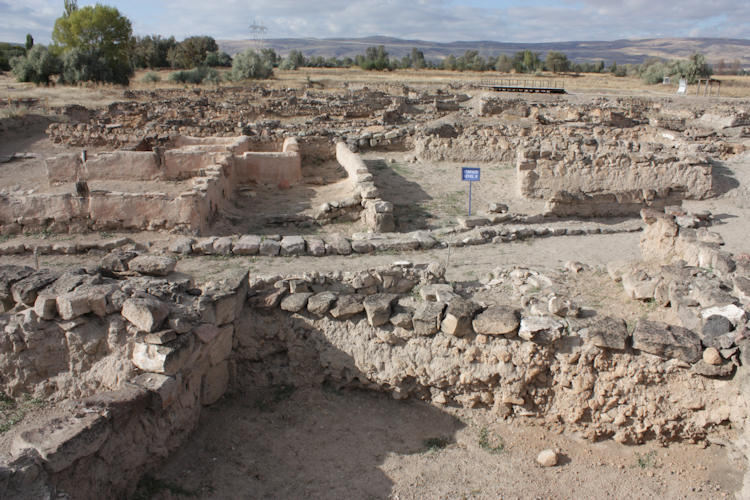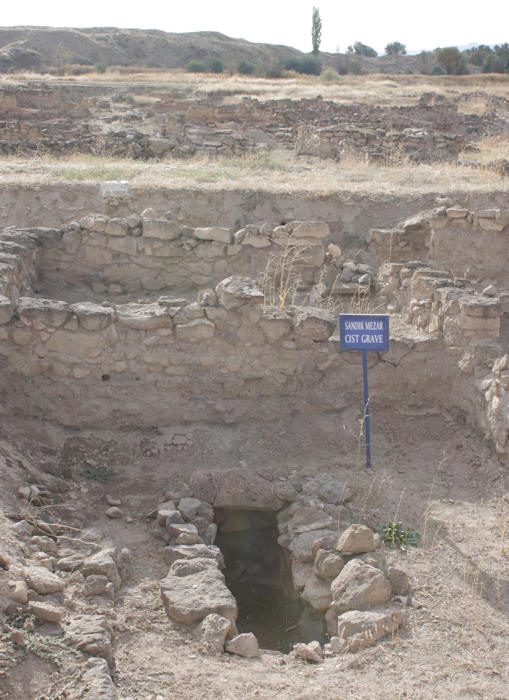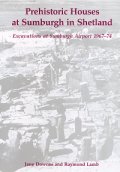<< Our Photo Pages >> Karum Kanes - Ancient Village or Settlement in Turkey
Submitted by davidmorgan on Saturday, 17 October 2015 Page Views: 5890
Multi-periodSite Name: Karum Kanes Alternative Name: Kârum Kaneš, KaneshCountry: Turkey Type: Ancient Village or Settlement
Nearest Town: Kayseri
Latitude: 38.853395N Longitude: 35.639151E
Condition:
| 5 | Perfect |
| 4 | Almost Perfect |
| 3 | Reasonable but with some damage |
| 2 | Ruined but still recognisable as an ancient site |
| 1 | Pretty much destroyed, possibly visible as crop marks |
| 0 | No data. |
| -1 | Completely destroyed |
| 5 | Superb |
| 4 | Good |
| 3 | Ordinary |
| 2 | Not Good |
| 1 | Awful |
| 0 | No data. |
| 5 | Can be driven to, probably with disabled access |
| 4 | Short walk on a footpath |
| 3 | Requiring a bit more of a walk |
| 2 | A long walk |
| 1 | In the middle of nowhere, a nightmare to find |
| 0 | No data. |
| 5 | co-ordinates taken by GPS or official recorded co-ordinates |
| 4 | co-ordinates scaled from a detailed map |
| 3 | co-ordinates scaled from a bad map |
| 2 | co-ordinates of the nearest village |
| 1 | co-ordinates of the nearest town |
| 0 | no data |
Internal Links:
External Links:
I have visited· I would like to visit
davidmorgan has visited here

The term kârum means "port" in Akkadian, the lingua franca of the time, although it was extended to refer to any trading colony whether it bordered water or not. Several other cities in Anatolia also had kârum, but the largest was Kaneš. This important kârum was inhabited by merchants from Assyria for hundreds of years, who traded local tin and wool for luxury items, foodstuffs and spices, and, woven fabrics from the Assyrian homeland and from Elam.
Note: The 4000 year old ancient trade tablets of Kültepe have been accepted into the UNESCO Memory of the World Register, see the comments on our page for more details
You may be viewing yesterday's version of this page. To see the most up to date information please register for a free account.




Do not use the above information on other web sites or publications without permission of the contributor.
Nearby Images from Flickr






The above images may not be of the site on this page, but were taken nearby. They are loaded from Flickr so please click on them for image credits.
Click here to see more info for this site
Nearby sites
Click here to view sites on an interactive map of the areaKey: Red: member's photo, Blue: 3rd party photo, Yellow: other image, Green: no photo - please go there and take one, Grey: site destroyed
Download sites to:
KML (Google Earth)
GPX (GPS waypoints)
CSV (Garmin/Navman)
CSV (Excel)
To unlock full downloads you need to sign up as a Contributory Member. Otherwise downloads are limited to 50 sites.
Turn off the page maps and other distractions
Nearby sites listing. In the following links * = Image available
428m SW 229° Kültepe Kanes* Ancient Village or Settlement
19.7km SW 222° Kayseri Archaeological Museum* Museum
25.9km ENE 58° Sultan Hani Stele* Rock Art
39.0km WSW 244° Örenşehir* Ancient Village or Settlement
65.0km S 181° Fraktin* Carving
71.4km WSW 253° Rock Cones of Urgup (Cappadocia)* Natural Stone / Erratic / Other Natural Feature
72.0km SSE 159° Imamkullu* Carving
72.4km WNW 284° Topakli Hoyuk Ancient Village or Settlement
72.7km SW 234° Sobessos* Ancient Village or Settlement
74.9km NNW 342° Sarikaya Roman Bath* Ancient Village or Settlement
78.3km SSE 155° Gezbeli* Carving
83.5km SE 134° Comana Chryse* Ancient Village or Settlement
84.3km WSW 252° Nevsehir Underground City* Cave or Rock Shelter
88.6km WSW 241° Kaymakli Underground City* Ancient Village or Settlement
89.0km W 263° Arapsun* Ancient Village or Settlement
89.8km NNW 339° Alisar Hoyuk* Ancient Village or Settlement
94.7km E 87° Karakuyu Hittite Dam* Ancient Mine, Quarry or other Industry
95.0km SW 236° Derinkuyu Underground City* Ancient Village or Settlement
101.0km NNW 335° Cadir Hoyuk* Ancient Village or Settlement
102.6km W 272° Karaburna* Carving
108.3km WSW 249° Topada* Carving
108.9km NNW 347° Karakiz* Carving
111.5km NNW 334° Kerkenes Ancient Village or Settlement
114.5km NE 42° Kayalipinar Ancient Village or Settlement
115.4km SW 235° Golludag* Ancient Village or Settlement
View more nearby sites and additional images



 We would like to know more about this location. Please feel free to add a brief description and any relevant information in your own language.
We would like to know more about this location. Please feel free to add a brief description and any relevant information in your own language. Wir möchten mehr über diese Stätte erfahren. Bitte zögern Sie nicht, eine kurze Beschreibung und relevante Informationen in Deutsch hinzuzufügen.
Wir möchten mehr über diese Stätte erfahren. Bitte zögern Sie nicht, eine kurze Beschreibung und relevante Informationen in Deutsch hinzuzufügen. Nous aimerions en savoir encore un peu sur les lieux. S'il vous plaît n'hesitez pas à ajouter une courte description et tous les renseignements pertinents dans votre propre langue.
Nous aimerions en savoir encore un peu sur les lieux. S'il vous plaît n'hesitez pas à ajouter une courte description et tous les renseignements pertinents dans votre propre langue. Quisieramos informarnos un poco más de las lugares. No dude en añadir una breve descripción y otros datos relevantes en su propio idioma.
Quisieramos informarnos un poco más de las lugares. No dude en añadir una breve descripción y otros datos relevantes en su propio idioma.